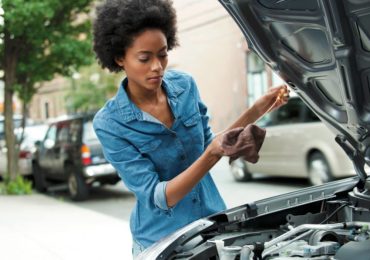
While taking your car to an auto service professional is a great way to ensure its performance, there are few simple vehicle checks that you can easily learn and do yourself to save a little money and help keep their vehicles running efficiently all summer long.
The Car Care Council provides the following tips for what you can inspect yourself in your own driveway just by having basic knowledge of common maintenance practices:
- Check the tires, including tire pressure and tread. Uneven wear indicates a need for wheel alignment. Tires should also be checked for bulges and bald spots.
- Check all fluids, including engine oil, power steering and brake and transmission, as well as windshield washer fluid and antifreeze/coolant.
- Check the hoses and belts, as they can become cracked, brittle, frayed or loose, or show signs of excessive wear. These are critical to the proper functioning of the electrical system, air conditioning, power steering and the cooling system.
- Check the wipers and lighting so that you can see and be seen. Check that all interior and exterior lighting is working properly and inspect and replace worn wiper blades. Keep the reservoir filled with windshield washer fluid.
- To keep the cooling system working effectively, the coolant and distilled water mixture for a vehicle’s radiator should be 50:50. Never open a hot radiator cap when checking the coolant level in the reservoir. As a rule of thumb, the coolant should be changed annually on most vehicles.
- Check the gas cap to ensure it is not damaged, loose or missing, to prevent gas from spilling or evaporating.
- Don’t neglect the exterior. When washing the outside, make sure to include the tires and wheels and the underside and fenders to eliminate any road salt or grime. The body of the vehicle should be washed using a product sold specifically for cars. Wax your vehicle every six months.
To learn more about how to care for your vehicle, and for a free copy of the popular Car Care Guide, visit www.carcare.org.









